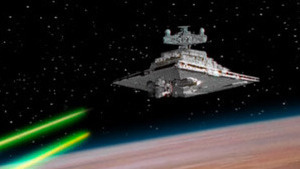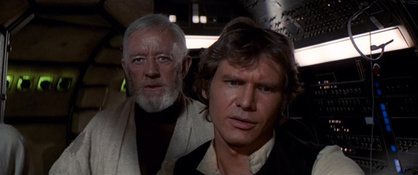
urbansheep@gmail.com
Tractor beams on full! First steps towards light-based tractor beams - http://arstechnica.com/science...

|

|
28 ноября 2011 в 05:13 с Bookmarklet
mindszenty
Peter Fedin
“They demonstrated this technique numerically, modeling it using a cluster of 160 tiny, randomly distributed spheres and 24 beams of light, all with the same angle away from the axis of motion (84°). Initially, the "tractor beam" actually applied a force that pushed the object away but, by adjusting the polarization and phase of the various light beams, they generated a force that pulled the spheres backwards, as desired.
The authors of this paper emphasize that, while their work focused on moving objects towards the source of the lasers (which would be important for sample collection, like the NASA study wants), you could use the same principle to move objects in any direction, providing a full range of translation and rotation movements—a true tractor beam.” - × × ×
© 2015 FriendFeed (and Clio archiver)